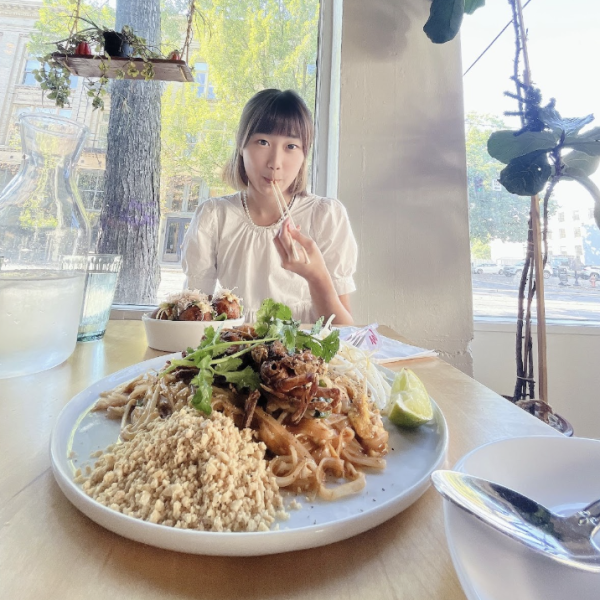Rudinsky’s Rambles: A new way forward
February 15, 2022
With Martin Luther King Jr. and President Day, it’s essential that we don’t just appreciate the break from school, but remember the reason why we have the day off. The United States is an imperfect nation, and generations of political leaders and activists have worked to improve our lives and expand our rights. Hopefully, we can continue to make changes in the right direction.
Voting is a pillar of democracy, and yet America still has countless problems providing equal opportunity to all people. With a myriad of restricting voting laws emerging across the country as we approach what will no doubt be contentious and brutal midterms, we have to ask ourselves, what does, and what should the future of American voting look like?
In my opinion, America should move, at least on a statewide basis, to ranked choice voting (RCV). Ranked choice voting allowed voters to rank their preferences for candidates in races with three or more people. If no one candidate wins over 50 percent of the vote, the candidate with the lowest amount of votes is removed and their votes go to the voter’s second preferred candidate. This continues until over 50 percent of the vote goes to one candidate.
Now, don’t worry if you’ve never heard of this before, because it’s a fairly new concept here in America, and has historically only been implemented city by city. However, that’s not to say it’s untested. Australia has been using ranked choice voting in all their elections for over a century, and many U.S. cities have used RCV since the early 2000s. Maine is the first (and only so far) state to implement RCV on a state-wide level (in 2018), meaning that along with all state representatives, their U.S. House of Representative and Senate members, along with the president, are chosen through this process. In all of these places, with education and assistance, the community embraced ranked choice voting and have enjoyed the rewards.
The main benefit from ranked choice voting is that third party candidates can run without fear of being a “spoiled vote.” For example, people who vote for the Green Party candidate are likely to choose the Democratic candidate if it was down to a choice between Republican and Democrat (as it often is). However, if they vote for the Green Party candidate, they’re taking a vote away from the Democratic nominee, and therefore helping the Republican candidate. The vote is split between two people (or parties) with similar values, which ends up helping the unified other party, which is the last party you want to win. But without supporting a third party, it’s never going to gain enough notoriety to win. A bit of a Catch-22, right?
With ranked choice voting, voting for a third party doesn’t hurt the major party with which you most identify. That alone allows a broader spectrum of views to enter the political landscape, which in the current highly polarized climate, I think we could all agree would be a good thing. Maybe it would even encourage… collaboration? An optimistic outlook for sure, but one can hope.
Looking at the history of the United States, we’ve expanded the electorate to include people of color, women, and lowered the voting age, yet we haven’t made many widespread changes to the way we’ve voted. All of our changes have been aimed at making voting more accessible (which remains a problem – I’m looking at you Georgia), but we haven’t really done anything to make running for office more accessible. Right now, you have to be a part of either the Democrats or Republicans to have any chance at winning. Ranked choice voting would be one way to open up the political field to more minority parties and give them a better shot at actually winning.




